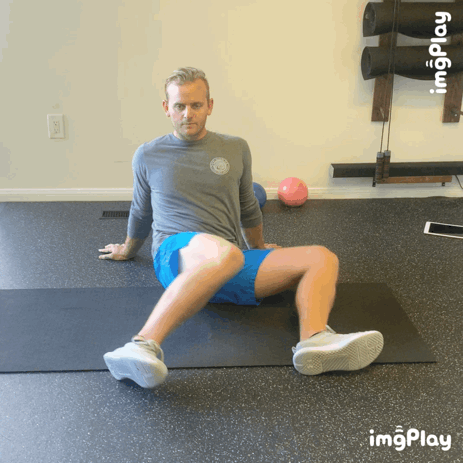With so many people finding an escape from their quarantine by running on their treadmill or using a jog as the only acceptable reason to leave their house I felt it necessary to help you run properly. Obviously we run with our feet and legs but when done efficiently, running is a full-body movement. Upper body joint angles and posture are just as important as foot strike and knee drive, so much so that many times lower body mechanics improve by changing upper body mechanics.
Much like I do with my clients who do a Running Economy Assessment, I will help you run with better form little bits at a time. Once you perfect one area of your form you can move on to the next. This will help us figure out if you have strength or mobility imbalances, need to practice drills to improve your form, or possibly you’re wearing the wrong shoes.
I choose to start with the most basic part of your form which is the hand position. There are 3 hand positions I recommend and there is a specific reason for this. For the sake of keeping things simple, with these hand positions we recruit a longer muscle which spans from the fingertips to just above the elbow joint on the medial side(inside). The more muscles you can use when driving the arm back, the more efficient you will be, and less fatigue will occur.
Position 1: The Fist
This is the proper adaptation for runners who like to run with a fist. While your hand shouldn’t be squeezing tightly, just slightly firm. This position is effective at keeping the hand in position with minimal effort as the thumb holds the folded fingers in place. It is essential that when holding this position, the middle fingers are not bent. The soft pad under your nail should be pressed into the center of your palm, not “digging” into your palm.
Position 2: Stack and Key
This is my preferred hand position and anyone who has been taught to act like they are holding potato chips can relate to this position. I call it the stack and key because you will stack digits 3-5 in the palm while the thumb and pointer finger are positioned like you are holding a key. I especially like this hand position because my hands to get hot and sweaty when I make a fist, but I don’t feel comfortable with position 3. As a side note, most people will not feel comfortable with any of these positions when you first start out, but over time, and usually not very much, they become natural positions that you don’t even think about. These changes are such difference makes in efficiency that you will feel the shoulder blades squeeze back and open up the chest, creating the proper posture for efficient running form.
Position 3: The Angle
This is the hand-position for open fisted runners. Those who straighten out their hand like they are doing a karate chop or let the wrist and fingers flop on over the place. It is a small change that creates the same big results as the previous two positions. All you need to do create a rigid angle of about 90degrees through the metacarpophalangeal joint, or knuckle.
Start by trying these hand positions and which one feels the most natural to you. Then consistently remind yourself to put your hands into position through out your run. You might feel fatigue in the hands at first but that will go away quite quickly. Good luck subscribe to receive the next article on Running Economy.










